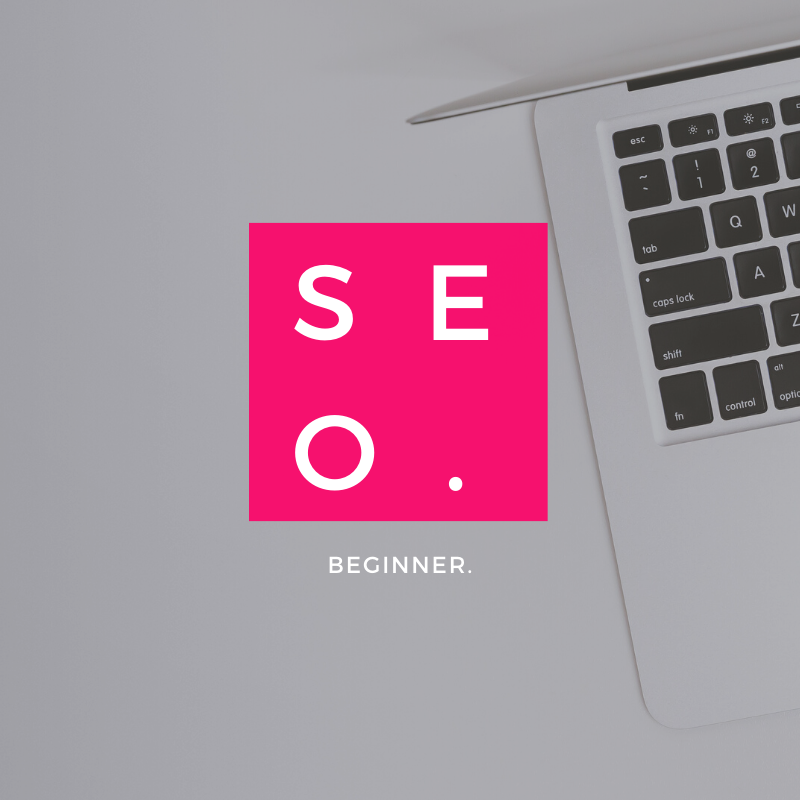Three essentials to write SEO for beginners

1. Understand what SEO is. Know how to write for ranking criteria.
Readers start their search hands (or thumbs) paused above a keyboard. A brief hesitation, what to Ask Google to pull up what I need in SERP (Search Engine Results Page)? SEO is a way of structuring an article to ensure the page they find is yours.
Google plucks from billions of websites to match what has been typed into that search box. Google is a net. SEO strategies are fish. The more fish on your page? The more chance Google'll catch your article. The stronger the SEO the further forward that page in the search engine listings.
Picture your reader. What are they most likely to ask Google when you want them to land on your page?
This is called "Keyword Intent" or: what is my reader placing into that Google search bar, and it falls into three categories: I need to find something out. I want to buy something. I'm trying to find a specific site. An awareness of keyword intent drives the wording of your article which to be written SEO both satisfies reader intent whilst being written with a distilled, pragmatic relevance focused only on KI.
2. Understand the impact of your title in terms of SEO.
The page title should be the simplest, closest wording of what your audience could search for. The title will be the first place Google looks. Keep it shorter than 60 characters because Google will truncate it. No one likes a truncated meta tag (Google SERP page title aka the blue title you click on). Depending on how specific or generic what's been searched for your title could cut listings in SERP down to one or one million.
For example, I search "Euro Weekly News First Prosthetic Leg for Calf by Melissa Duke" this is going to bring up a specific article for a specific publication by me. Only one article exists online with all of these keywords.
If I were to search "How do I write SEO?" I have over one hundred and fifty million articles to choose from, or, as the author, over one hundred and fifty million articles I'm competing with for that click.
When faced with broad content tasks a good tip for a title is to place into Google what you may search for trying to find the article you intend to write and then scroll down. At the bottom of SERP will be hyperlinked suggestions for related searches. This is what your intended audience may be placing into Google already and they make for a good baseline for improvement when you write your own.
3. Headlines and first paragraph placed keywords are powerful in smart SEO.
Google prioritises keywords and phrases used in the headline and first paragraph of text.
Headlines should develop the title with more insight into the article's purpose. Copyblogger says “eight out of 10 people will read your headline copy, but only two out of 10 will read the rest.”
The use of strong language, keywords, numbering and starter phrases such as "how-to" and "learn why" all make for more Goggle appeased headlines.
For keywords, although single word parrot repetition is always a pleasure for your reader, an alternative is to cover the most likely variation or variations of search phrases, or ancillary keywords, cohesively allowing the body of information to develop. Keyword research tools like WordStream are great tools for finding variants of the same keyword to cover ancillaries.
For beginners follow the three above and in written terms your article is optimised. This said, the greater the wealth of content on generic topics the more complex SEO strategies have developed as a hands-on attempt by creators to hack Google's ever-evolving search algorithm.
Beneath and beyond the written word Google can rank listings against competitors because of deeper SEO strategies such as social linking and meta keyword coding. Even the save title for images being scanned by Google should be SEO friendly, but that's a different article.
